Menu
In 2024, web design is experiencing a transformative shift beyond visual aesthetics, focusing on creating engaging and resonant user experiences. As technology evolves and user behavior takes center stage, the landscape of digital aesthetics and functionality is being redefined. However, it’s essential not to let trends dictate design too strictly, as they cycle quickly. According to industry experts, it’s crucial to prioritize design intentions and let trends complement rather than dominate the creative process. The article offers insights into the top emerging web design trends for 2024, encouraging designers to balance awareness of trends with the foundational principles of effective design.
In 2024, the web design landscape is evolving, leading towards a more immersive, interactive, and intelligent digital future. This article explores seven key trends shaping the industry.

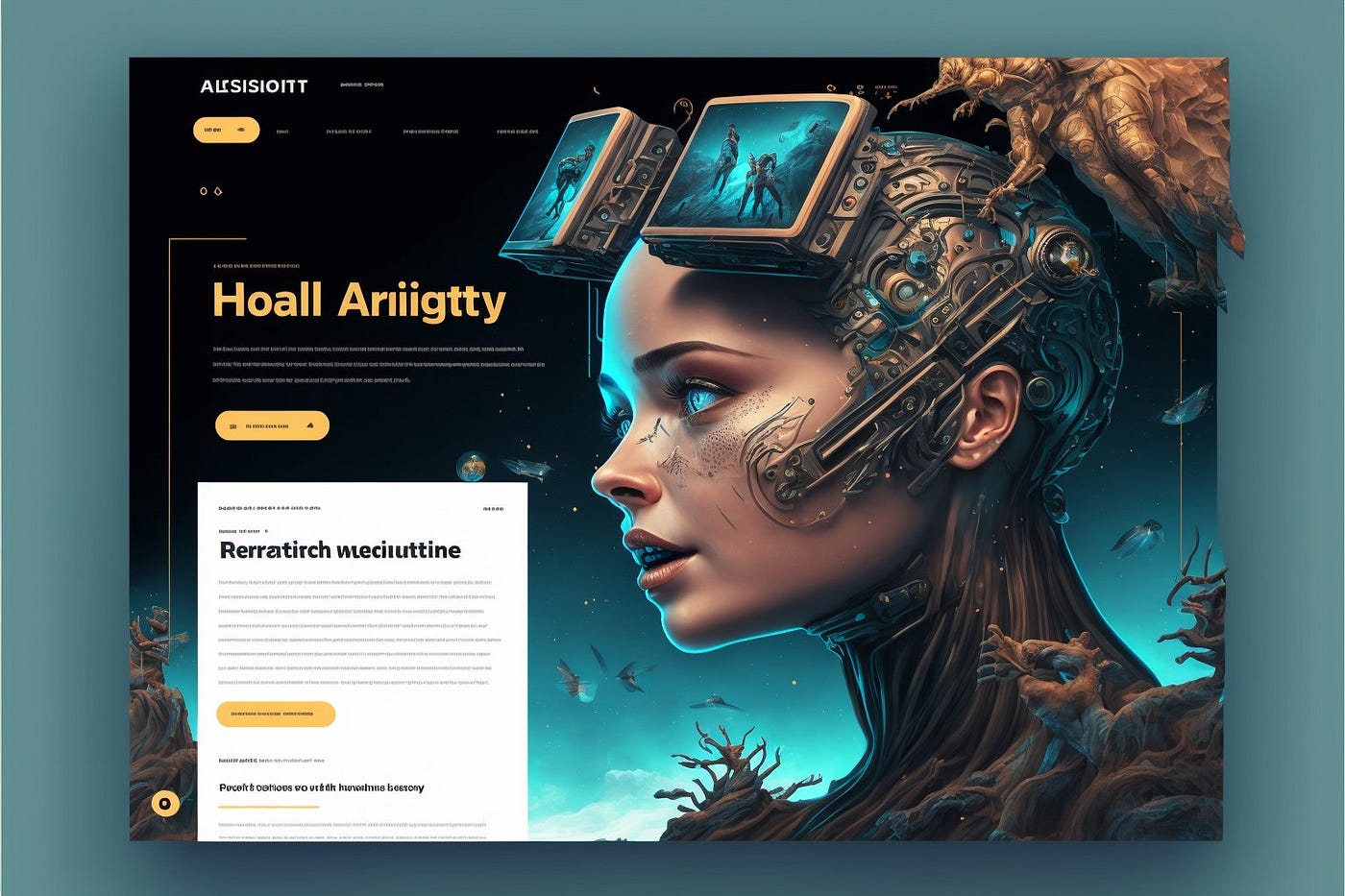

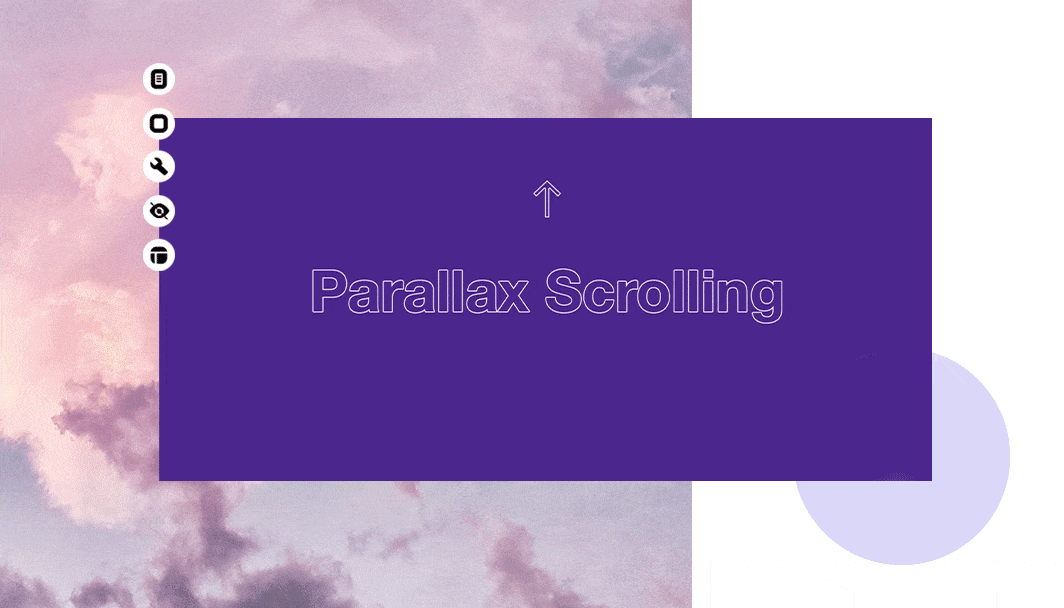
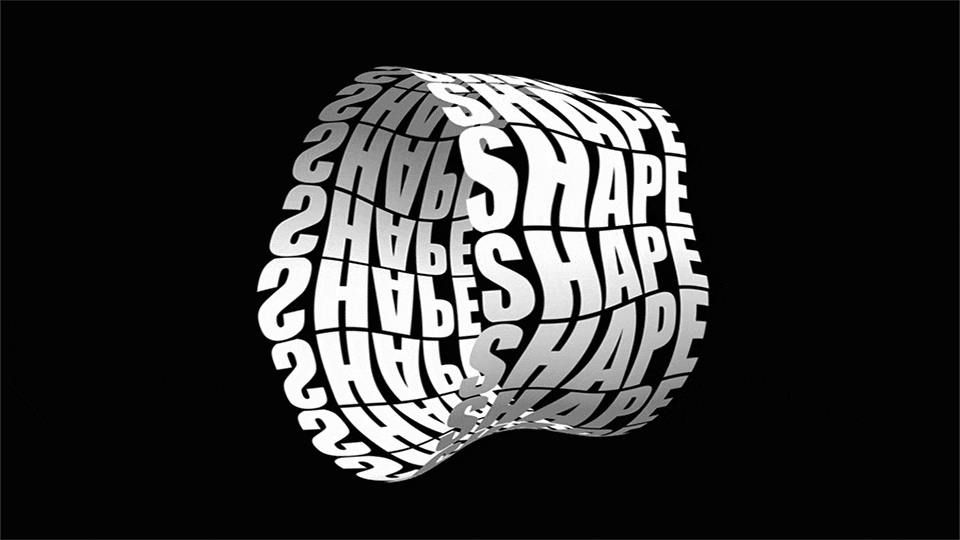
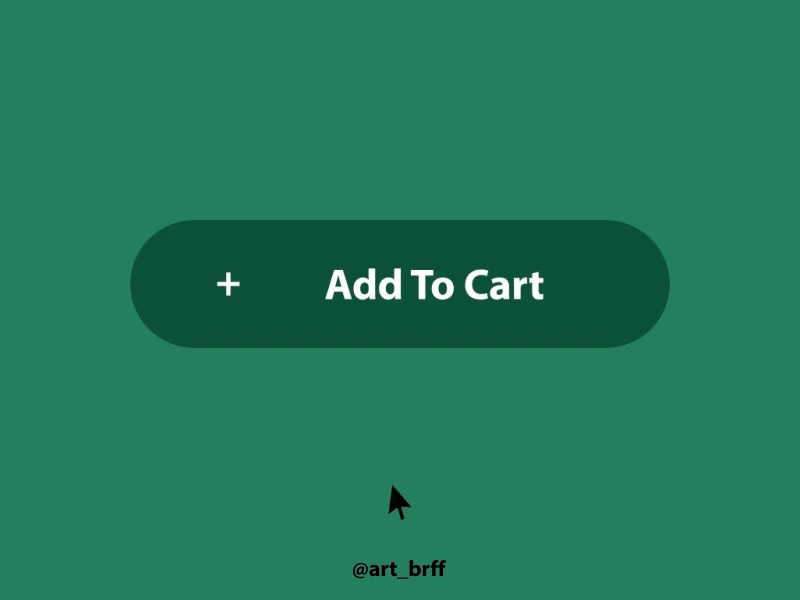
An accessible website caters to visitors with disabilities, ensuring that all users can navigate and interact with the site effectively. This includes features like alt text for images, keyboard navigation, and support for assistive technologies.
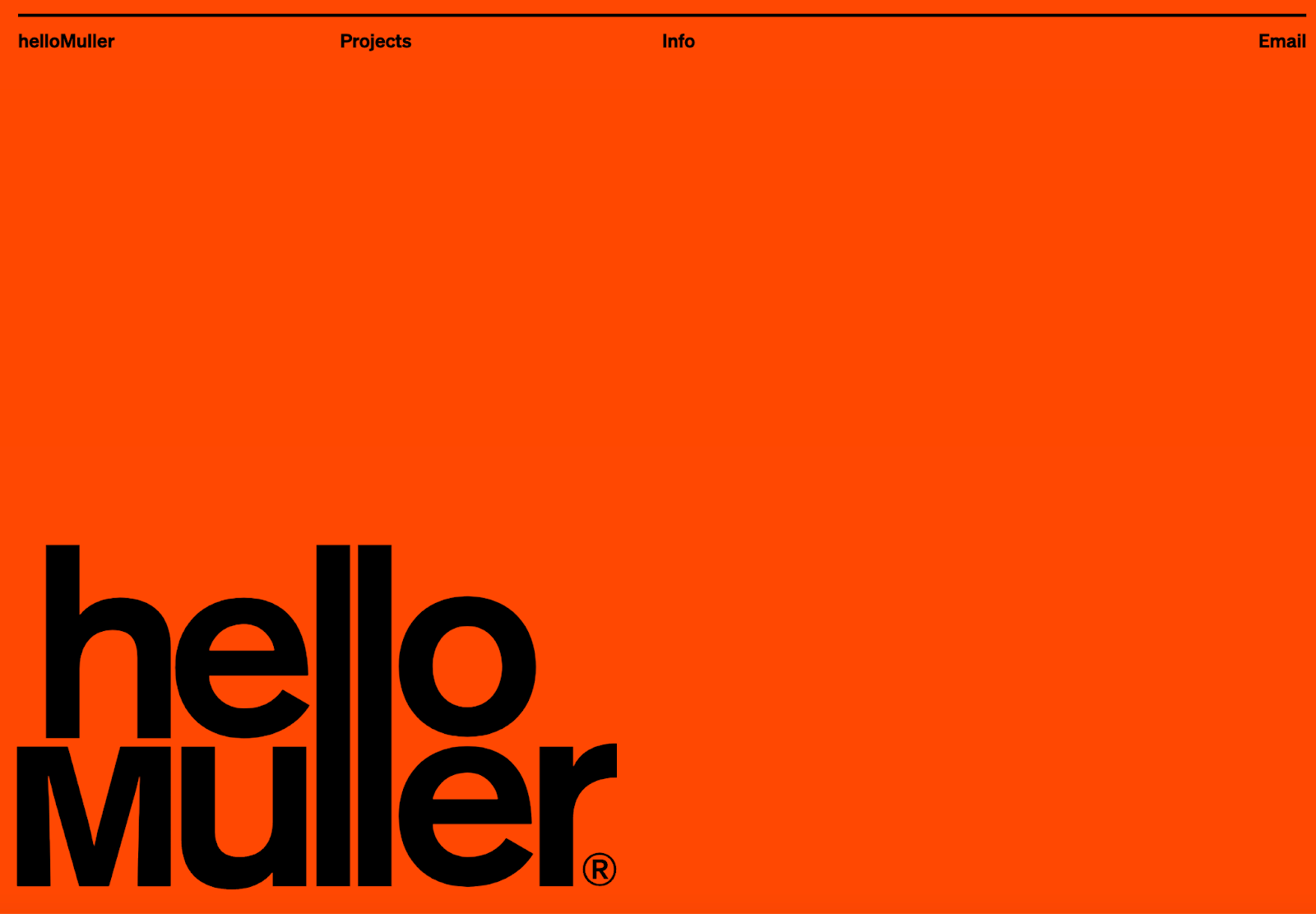
The future of digital design lies in creating meaningful, engaging, and intuitive experiences. Whether embracing all trends or selectively incorporating them, the industry is poised for continued evolution.